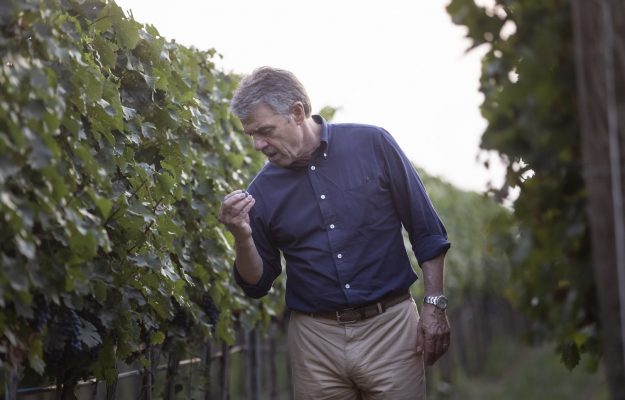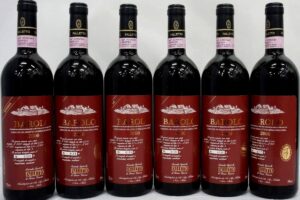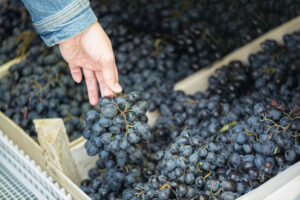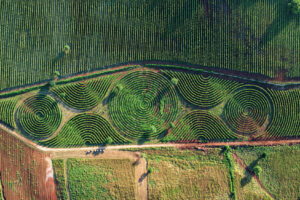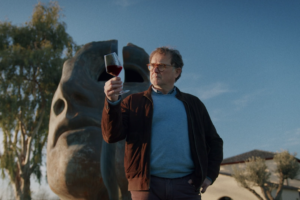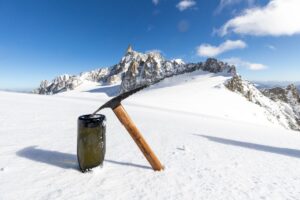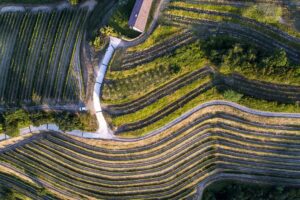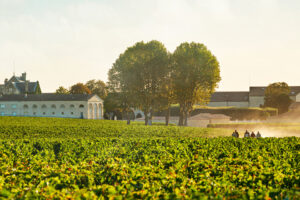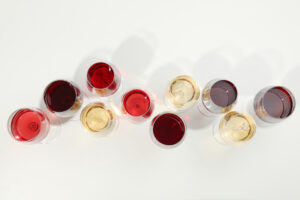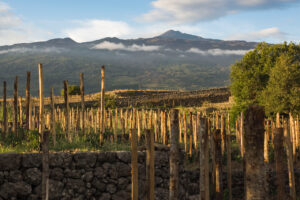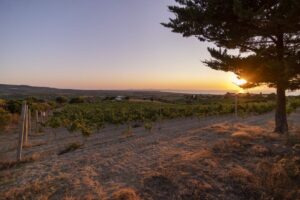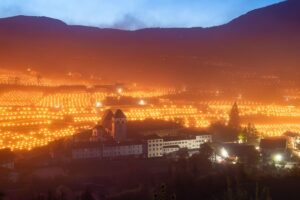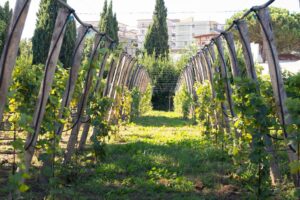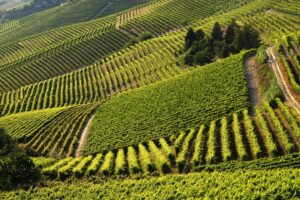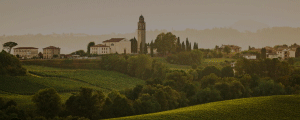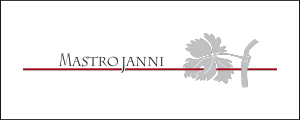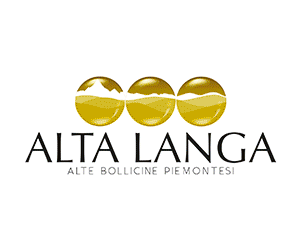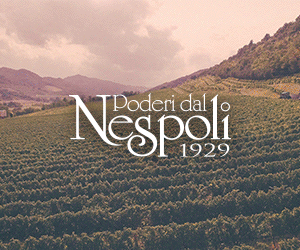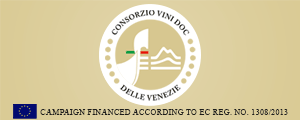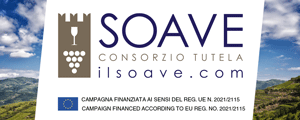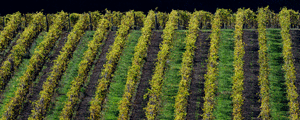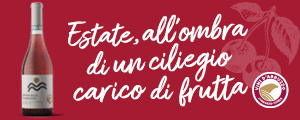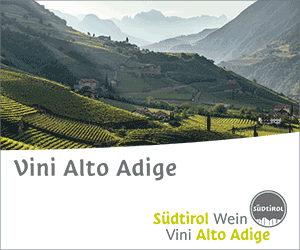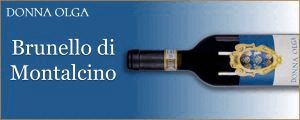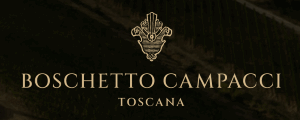It is now time to make the first assessments regarding the 2023 harvest. The season has been conditioned by downy mildew and non typical temperatures, especially in Central and Southern Italy, and definitely not uniform, even within the same Region. Even so, besides the challenges, mainly linked to quantity and organic production, it has not failed to provide satisfaction in terms of quality. To get a precise picture of the situation in the top wine territories, which cannot be considered definitive yet, for obvious reasons, WineNews talked to Renzo Cotarella. Cotarella is the CEO and winemaker of Marchesi Antinori, the historic and world famous Italian wine family par excellence, the star player of an extraordinary tradition that began over six hundred years ago, spanning twenty-six generations, and boasts the prestige of the “largest vineyard in Italy”, the fruit of its numerous properties, from the north to the south of Italy (in the next few days a video will be available, ed.). In Chianti Classico, the properties of Tenuta Tignanello, Villa Antinori, Badia a Passignano and Pèppoli, have found their home in the futuristic Bargino winery, located in San Casciano Val di Pesa. The winery is entirely “carved” into the hill and covered with vineyards (it was voted Best Winery in the World, in 2022, by World's Best Vineyards), in addition to Pian delle Vigne, one of the most famous names in the land of Brunello di Montalcino, and Tenuta Guado al Tasso, one of the most prominent brands in Bolgheri. Then, Le Mortelle, in the heart of Tuscany’s Maremma, overlooking the sea, in Castiglione della Pescaia, and Fattoria Aldobrandesca in Sovana, in Etruscan Maremma. Further, La Braccesca, in Montepulciano, in the land of Vino Nobile, and Tenuta Monteloro in the Apennines, near Fiesole, in the outskirts of Florence, plus Tenuta La Farneta, in Sinalunga, in the Chianti Colli Senesi, not far from Siena. Antinori owns properties other high quality wine territories as well, in Piedmont, in the land of Barolo (Prunotto Winery), Friuli Venezia Giulia (the famous Jermann Winery in Gorizia, in the Collio territory), and in Umbria (Castello della Sala), Franciacorta (Montenisa ) and Apulia (Tormaresca). And, there are also vineyards in Napa Valley (where Antinori recently acquired full ownership of Stag’s Leap Wine Cellar, which will allow Marchesi Antinori to import its wines directly into the USA, through the Vinattieri 1385 created ad hoc, as WineNews mentioned) and in Chile (Haras de Pirque). Antinori is the topmost important private Italian winery, embracing the most prestigious wine territories in Italy, and abroad.
The grape harvest is the fruit of the season, so how did the 2023 harvest perform? Antinori counts a total of five estates in Chianti Classico (Villa Antinori, Antinori nel Chianti Classico, Tenuta Tignanello, Pèppoli and Badia a Passignano). Renzo Cotarella, CEO and winemaker of Marchesi Antinori explained that, “in those areas, production was regular because downy mildew was managed well, and I would say that it went very well also in terms of quantity. This year’s harvest will give great results; definitely much better than we expected. Obviously, though, in organic production areas or where downy mildew was very heavy, unfortunately, both quantity and quality will not be in the category of vintages to remember”. The area that gives life to one of the most prestigious Italian reds, Brunello di Montalcino (Marchesi Antinori is the owner of Pian delle Vigne, and has vineyards in varying exposures and altitudes in the Montalcino area, ed.), the harvest was “fairly regular. There were some “meteorological incidents” in Montalcino, but fortunately, not here. The grapes ripened probably more slowly than usual, and this was certainly an advantage. Production was regular, but when we talk about production in a year like this, we must take into account the specificity both of the area and the company. The climatic elements such as hailstorms, in my opinion, influenced the individual companies. We shouldn’t actually lump everything together into one, but rather go into the details of what will make the difference this year”. Continuing in Tuscany, we come to Bolgheri on the coast of upper Maremma, where one of the leading companies in the area, Tenuta di Guado al Tasso, is located. The grape harvest here, Cotarella underlined, went “very well, the Maremma area in general was less subject to downy mildew problems; therefore, production was regular, and the harvest was satisfying”. Next, we go north to Piedmont, in the Langa, amongst the Barolo hills and the Prunotto winery. “We started harvesting Nebbiolo this week, which has very heavy grapes, and therefore we expect a generally good quantity production, except for some areas that were damaged by hail. We will keep monitoring to see what happens over the next few days…”.
Going back to Tuscany, there was a totally different scenario in Montepulciano, where Marchesi Antinori owns the Tenuta La Braccesca. Cotarella said, “the harvest is actually not very satisfying for us”, and that “it is one of the most critical areas in terms of downy mildew, for us and probably for the entire area”. In nearby Umbria, however, in Castello della Sala, a gem of beauty as well as one of the symbolic wineries of Italian white wine production, located a few kilometers from Orvieto, even though quantity levels will not reach those of 2022, it was a very good harvest. Cotarella further underlined that “the grapes are high quality and are more acidic. The delay in the season meant that the white grapes are more balanced, which also applies to red grapes, so they ripened having a greater balance between acidity, sugars and fruity sensations”.
The journey continued to Friuli Venezia Giulia, precisely Collio, one of the white Italian gems. On the historic Jermann Estate, the harvest was conditioned “by critical climatic conditions, especially hail. Rarely has there been a season of this type in Collio, as almost all, if not all, the area has had small, or a significantly reduced production. There was a drop in quantity, but not in quality, since these are white grapes that do not macerate”. Then, we go to the south, to Apulia, where Tormaresca has established itself as one of the Region’s leading wineries, thanks to two Estates in areas where quality wines are produced. They are Tenuta Bocca di Lupo, in Castel del Monte DOC, and Masseria Maime , in upper Salento. Cotarella has judged the season “quite positive, because the rains in May and June accompanied the vines, so that the critical moments of heat in July and end August could be overcome. Production is quite regular, and quality is good. The situation in the northern areas of Apulia is quite different instead, due to the problem, linked to organic production, of downy mildew, which cut production in half”. Another prestigious territory is Franciacorta, where in the small village of Calino, Marchesi Antinori owns Tenuta Montenisa and the historic vineyards on the Santo Stefano Hill. The vineyards have given us, Renzo Cotarella pointed out, “a year of great satisfaction, the best, in terms of quantity. Clearly, we need to see what will happen from the point of view of the sparkling base wines’ balance, and therefore in the re-fermentation phase, but the quality is good and production quantity is high. The acidity was quite good, at least in the beginning, then it decreased a bit due to heat-related problems, so we’ll see what will be happening”.
Next stop, California, Napa Valley, where the harvest did not really differ too much from Italy, but there was a difference. The season on Antica Estate in Atlas Peak, whose vineyards will now also support the production of Stag’s Leap Wine Cellar, Renzo Cotarella said, was a “special season. It seems strange, but it truly was similar to Italy, with three weeks delay, too. The difference in California is that there had been no heat peak, and to date Cabernets have not yet been harvested. We are three weeks late, which could be a positive element if the weather holds out for another twenty days, or a highly critical element, if the weather changes. So, I would say for good balance, it could be an excellent harvest if the weather holds”.
In Chile, Antinori owns the Haras de Pirque Estate in the Maipo area, famous for its wine production. This year, the harvest took place in March, and “ went well but production was low. Chile produced 60% of its actual potential. However, the wines are highly intense and concentrated, which in my opinion, will get people to start talking about them”.
Copyright © 2000/2024
Contatti: info@winenews.it
Seguici anche su Twitter: @WineNewsIt
Seguici anche su Facebook: @winenewsit
Questo articolo è tratto dall'archivio di WineNews - Tutti i diritti riservati - Copyright © 2000/2024










